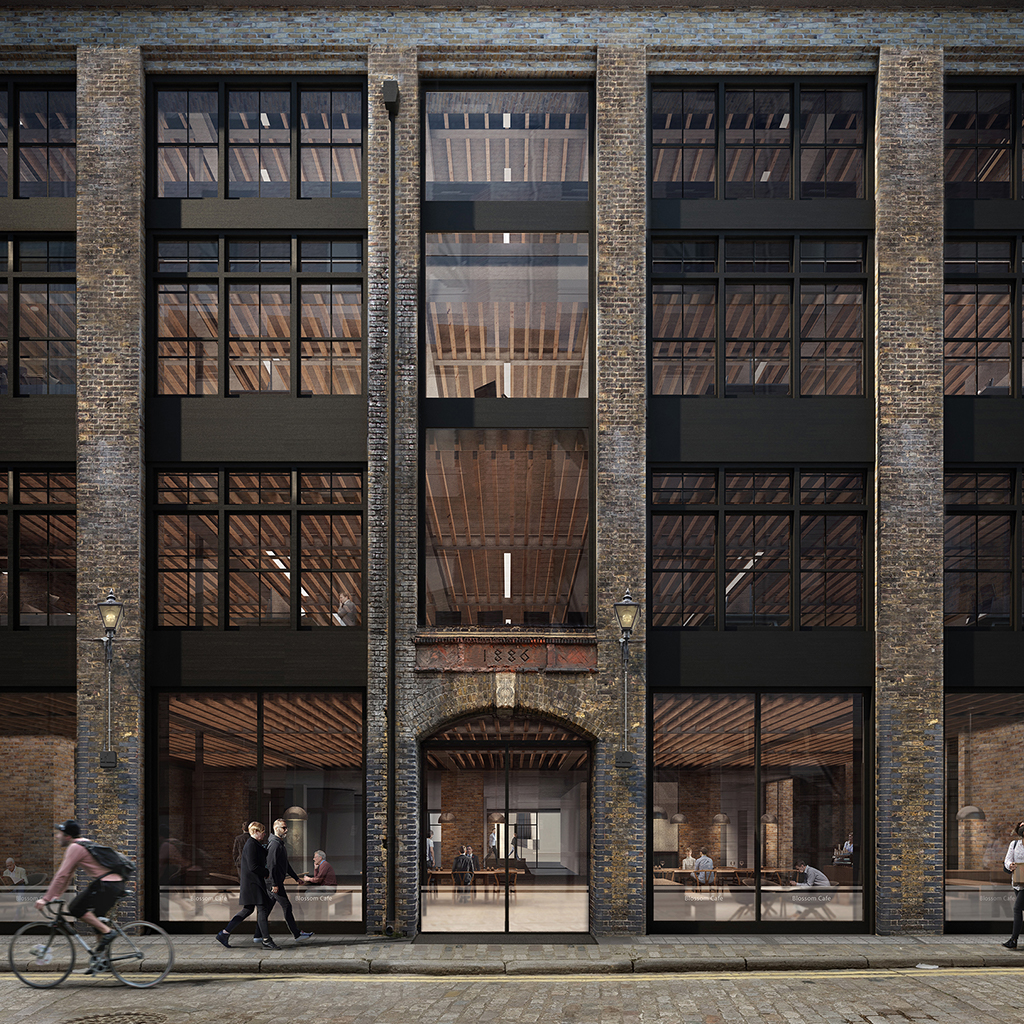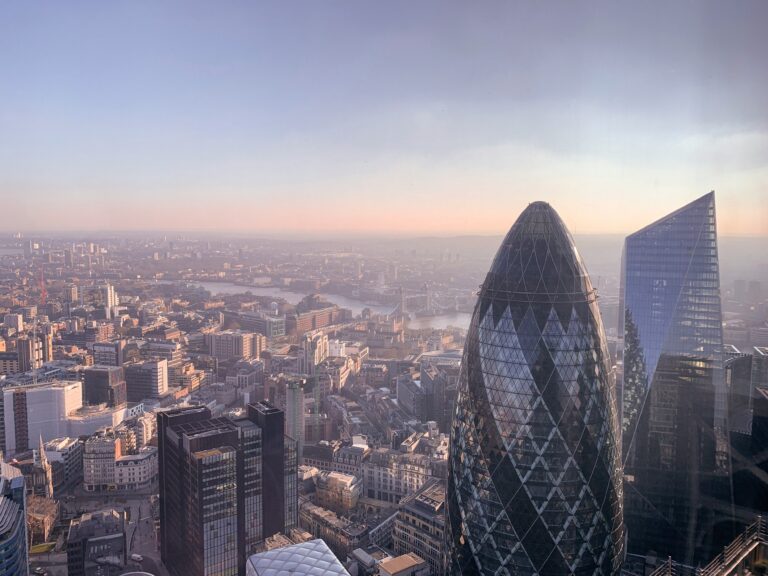As senior leaders will testify, finding and attracting top talent remains competitive, and for many organisations, law firms in particular, retention of talented staff is as much of a priority as attraction.
Organisations differentiate themselves in many ways, one of which is their brand. The workspace is one way that an organisation communicates its culture and brand: it can be a symbolic representation of what the firm is about, as well as an opportunity to provide workers with a lived experience of the brand from collaborative, creative knowledge sharing and support through to the provision of tangible benefits in response to worker’s needs, present and future.
As Reed Smith London plans its move to a new office in Blossom Yard this year, much time and consideration has been given to understanding the narrative surrounding the office identity and culture – so as not to lose the essential elements of the firm’s way of working and highlight its forward-thinking approach to new employees, as well as help draw existing workers into the London office.
What role can the workspace play?
Considerations around how a workspace is designed and used are particularly pertinent post-Covid. The pandemic undoubtedly caused a fundamental shift in the way workers view their office, and what they need from a traditional office workspace.
During Covid, working together became more transactional as spontaneous conversation was diminished: for individuals who joined in the pandemic years, the difficulty of making connections across the organisation became an ongoing challenge. For new entrants starting their career, opportunities to learn and develop became planned and programmatic rather than through immersive on–the-job learning.
So, in a world where professionals have perfected their work-from-home habitat, a commute to the workplace must be considered a worthwhile experience: it must be a ‘destination’ more than just a place to ‘do work’.
Design to support culture
To trump the home-office, the workspace must offer more than rooms full of desks. Individuals want a workplace that is suitable for the ‘type’ of work they are doing on any given day – be it quiet space to work individually or team spaces for collaboration. For example, the new Reed Smith London office at Blossom Yard factors in individuals’ differing needs for their work – ranging from open-plan desk spaces and meeting areas to quiet rooms for focused or sensitive work.
Any characteristics or features must be designed from the outset, including consideration of how the space connects to the local environment and the community in which it sits. This could mean dedicated outdoor space to interact with the local community, as well as consideration for how the workplace lends itself to shared use with people who live and work nearby. With flexible social and events areas, long term partnerships with local charities or community groups can allow teams to build authentic connections. Being a part of, rather than apart from the world around us is an increasingly valuable draw for talent.
Using the space wisely
Individuals need to understand how the office space has been configured to meet their needs. While an open plan format delivers opportunities for collaboration and communication, a transition to this style of working is a major change, and we know from research individuals are worried about practicalities such as noise levels and storage. For law firms in particular, issues of privacy and client confidentiality are paramount. A new layout must offer flexibility where it can; something which will be at the heart of our new London office – providing ‘flow’ around the building and allowing people to interact, as well as areas for quiet work and private calls. Investing in the right technology is also a given for the workplace, with the ability for easy ‘plug in and play’ functionality. If the space allows, design must also make the best use of public areas – for example, with flexible walls that can be reconfigured to accommodate intimate and large gatherings alike. When employers get this right, it can facilitate a sense of belonging: this place is mine, it works for me.
Make healthy choices
Where possible, newly designed, modern workspaces should also support the tangible delivery of the health and wellbeing strategy. Wellbeing is a theme throughout the design of Blossom Yard, and we have worked to ensure the space is bright, airy and healthy – offering ergonomically effective workspaces; a studio or room for activities such as yoga or chiropractor appointments; and ensuring plans for catering allow for nutritious choices. After all, nurturing individuals’ wellbeing is an essential aspect to a happy workforce.
Prioritise workplace as much as benefit packages
When a space has been carefully designed to reflect the needs and preferences of the people who will use it, it will be a powerful draw for talent. An appealing workspace can lead to higher attendance, increased engagement and in turn, higher productivity.
Alongside delivering positive experiences day-to-day, the workspace offered by an organisation can act as a powerful amplifier of their culture to internal and external audiences alike. Of course, it is just one factor talent will weigh up. Done correctly, colleagues will have a sense of belonging and equally clients will feel very welcome.









